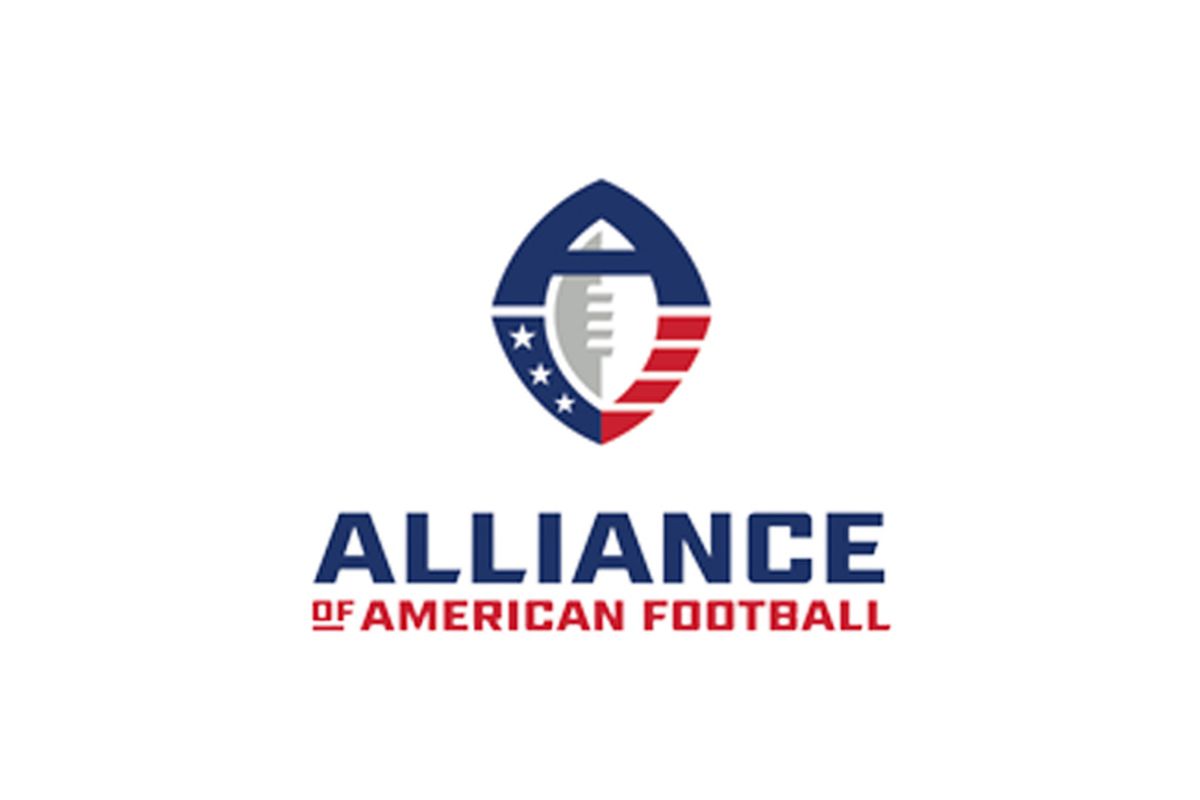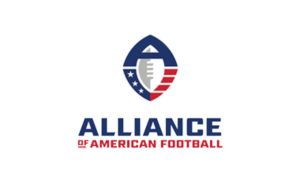The more I read about the final days of the Alliance of American Football, the more I become perplexed. It seems to fall virtually entirely upon to shoulders of Carolina Hurricanes Owner Tom Dundon, who came in after the first week of the league’s inaugural season to save them financially after an original primary investor had backed out.
While it was reported that he committed $250 million, it was soon after revealed that his investment would only be paid in increments, and that he would be able to withdraw it essentially at the drop of a hat. All told, he invested $70 million of the stated commitment, and to complete the season—two weeks plus a two-round postseason—would have run another $20 million.
The perplexing bit is that when Dundon invested, he spoke in long-view terms, though he tied his ambitions to the AAF evolving into an official minor league of the NFL. Apparently, that is a vision that was shared by, or at least supported by, the rest of the group. But the timelines were different.
Scott Brubaker, the president of the Arizona Hotshots, spoke on the radio yesterday, saying that “part of the business model of the Alliance was always to have a relationship with the NFL and the NFL Players Association. But that was something we understood was going to have to be proven out over at least two seasons, maybe three”.
It’s unclear why Dundon was so impatient, especially given that it appears everybody else who was involved in the process—including the NFL and the NFLPA—was surprised by the decision. The NFLPA was still very much open to discussing the complications of what he and the AAF were seeking.
Which was a player loan program, perhaps not dissimilar to the one that existed with NFL Europe. Generally speaking, the AAF wanted to have permission to be ‘loaned’ certain players from NFL teams on their offseason roster. These would be players that NFL teams were hoping to develop, and most likely would be fringe or longshot candidates for 53-man rosters.
It’s difficult for me not to paint Dundon as the villain in this, even though it was his initial investment that salvaged the AAF’s inaugural season for as far as it went, eight weeks into an intended 10-week regular season.
I sincerely hope that the league is able to secure more stable financial backing as they regroup for a 2020 season. But by then, they will have to compete directly with Vince McMahon’s XFL, which will kick off at the same time a theoretical second season would take place.
Getting off the ground and establishing themselves—including actually crowning a champion—was a critical goal for the AAF in 2019, one that Dundon essentially prevented them from reaching. It’s a very real possibility that their window of opportunity has already closed as the XFL steps in and perhaps looks to become that minor league itself.






